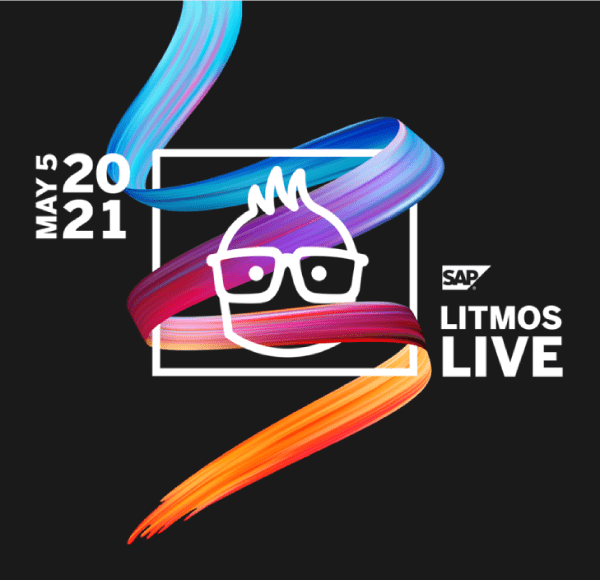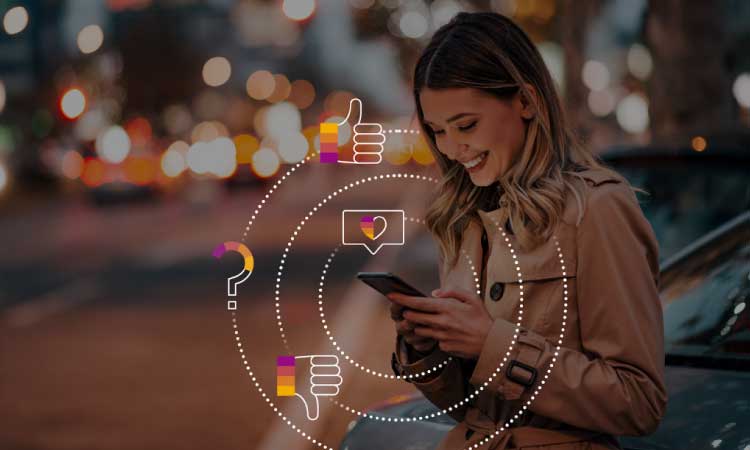Looking Ahead to Learning in the Post-COVID Workplace

For the past eight years that we studied how companies deliver learning, the primary method (by a wide margin) is through instructor-led classroom training, even as recently as the end of 2019. At a time when most people are working from home and travel has all but ceased, companies seek solutions. The most successful companies, however, will be looking for long-term solutions, not just quick fixes for today’s challenges.
At the pandemic’s onset, companies looked to quickly convert in-person classes, sessions and workshops into digital experiences. Unfortunately, that typically meant dropping classroom content into a web-conferencing tool. The two settings are not analogous, however, and content needs to be modified to become engaging enough for virtual audiences. Additionally, it is not a given that in-person instructors will excel at facilitating virtual sessions. These two mediums require divergent skillsets. If an organization hasn’t done a lot of virtual training, those skills may not be available.
Companies that want to succeed should look at this situation as an opportunity to push forward on nascent digital learning initiatives. There must be a complete reimagining of the learning that was locked in the classroom. The learner experience has shifted entirely. Even learning that was virtual or digital before the pandemic has to be re-examined, as a workforce operating remotely in their homes is a different audience than one in the office. Engagement, collaboration and connectivity require different approaches.
The ultimate goal of this learning transformation is not to simply get us through the next few months. The goal has to be much more forward-looking and sustainable. The challenge is for companies to do this right, leveraging digital and virtual learning solutions that deliver on real outcomes and results, rather than fixes that will be abandoned once people go back to the office.
To learn more about what organizations are doing to get through today’s challenges and beyond, take a look at this webinar co-hosted by Brandon Hall Group and Litmos that looks at what’s on the other side of the pandemic for learning and development.





